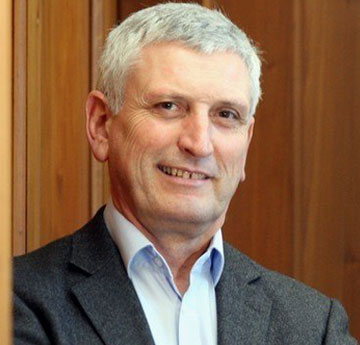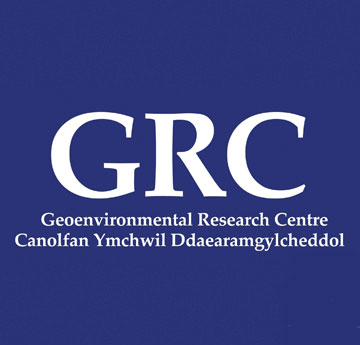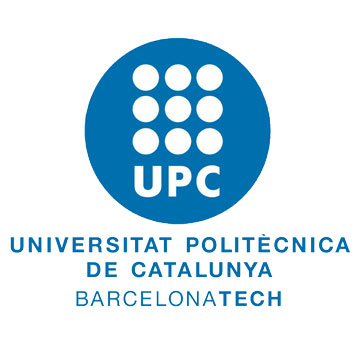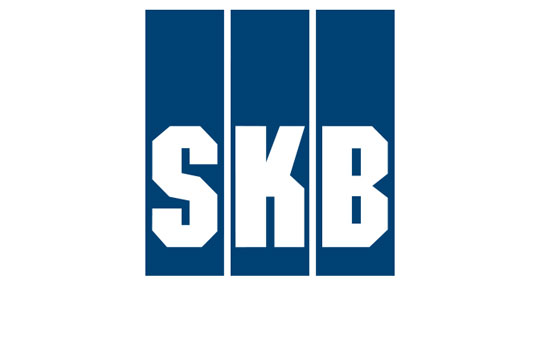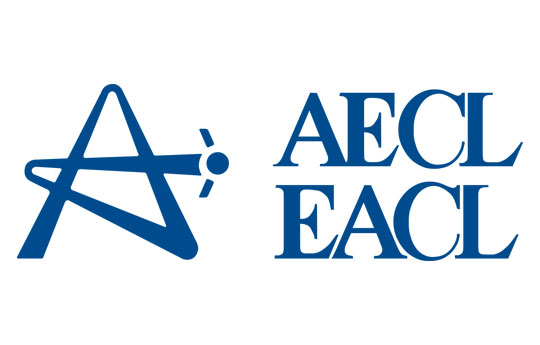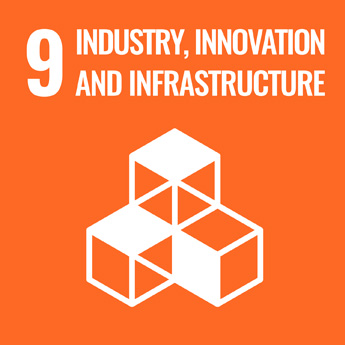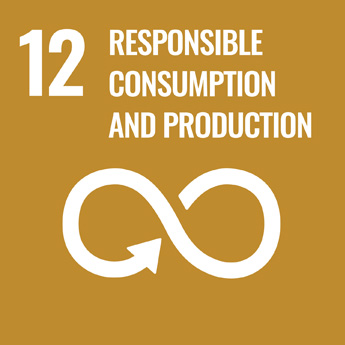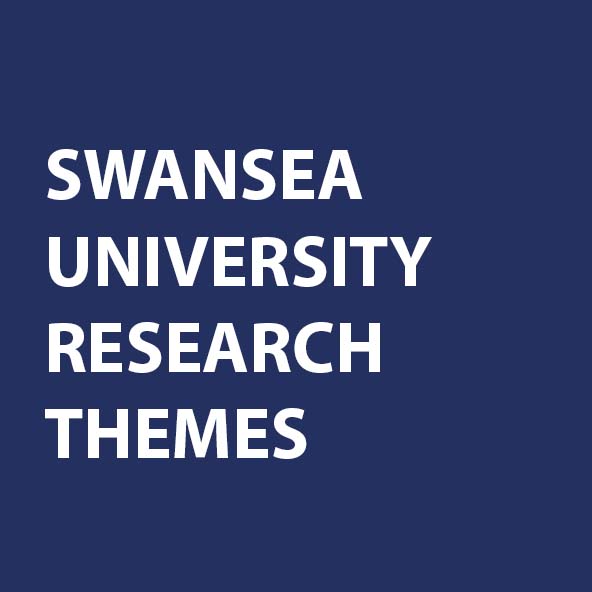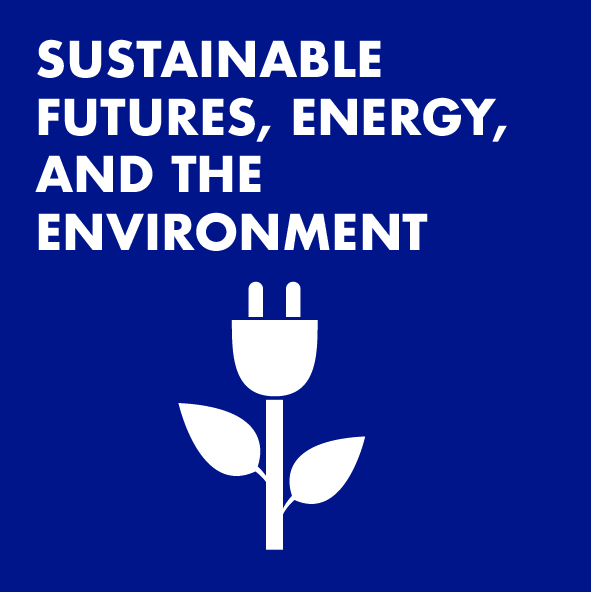The Challenge
Approximately 250 to 300 kilotons of high-level nuclear waste is in temporary storage facilities worldwide. Multinational governments and international nuclear authorities, such as the International Atomic Energy Authority (IAEA), have long recognised the necessity for a permanent disposal solution.
The preferred route is deep geological disposal which prohibits future generations from inheriting a nuclear waste legacy by eradicating the requirement for constant supervision or maintenance and reducing security risks associated with ground level storage.
However, whilst theoretically appropriate, there are technical complexities to achieving this and ensuring no nuclear waste reaches the surface which could result in catastrophic health and environmental threats.
Professor Hywel Thomas investigates “Coupled Processes” and the flow of water, gas, heat, and chemicals below ground. His research specifically focuses on the burial of nuclear waste and, working as part of the Geoenvironmental Research Centre, Hywel investigates the behaviour of clay soils in relation to nuclear waste repositories.
Hywel Thomas is director of the Geoenvironmental Research Centre, a Fellow of the Royal Society and President of the Learned Society of Wales, FREng and CBE.
His research has focused on 4 key areas:
- Thermo/Hydro/Mechanical (THM) behaviour which focuses on the thermo/hydraulic effect on soil deformation - carried out in collaboration with UPC Barcelona, as part of major European Commission funded research, under the EURATOM programme.
- Micro/macro behaviour of clays which focuses on the re-saturation behaviour of clay barriers - carried out with Atomic Energy of Canada.
- Chemical reaction modelling which studies various aspects of chemical behaviour during the period of heating and hydration in the soil buffer.
- Computational modelling that can simulate the behaviour of a nuclear waste repository over a period of many years utilising a program called COMPASS (carried out with Swedish Nuclear Fuel and Waste Management Company (SKB) and funded by the EC under their EURATOM programme).
The Impact
Professor Thomas's research has been integral to overcoming major obstacles associated with high level nuclear waste disposal and can be deployed in various aspects of the performance assessment of geological repositories.
The computerised model developed by Hywel and his team at the Geoenvironmental Research Centre provides innovative predictions of the behaviour and long-term durability of engineered clay barriers under specific repository conditions and is used to help with the overall design of nuclear waste repositories.
His research findings have increased international governments’ confidence in the ability to accurately model and forecast the behaviour of engineered clay barriers. Subsequently, his work has been used by the Waste Disposal Authorities in the UK, Sweden, Finland, Spain, Canada and Germany with several countries issuing licences and beginning the process of constructing nuclear waste repositories.
For example, Hywel has worked with SKB, the Swedish Nuclear Fuel and Waste Management Company, to help identify a site for a nuclear waste repository, a search that had been ongoing for 20 years. The results of the research provided new insights into the behaviour of the bentonite buffer under a range of conditions and determined the suitability of the rock at each site at Forsmark. The Swedish repository at Forsmark is expected to be filled and fully operational by 2025.
The activities that the research has enabled, highlighted by the scale of investment, are a major step towards a permanent long-term solution to high level nuclear waste disposal.
Furthermore, the GRC has been designated by the IAEA as a “Centre of Excellence/Expertise” and is a founder member of the Agency’s Underground Research Facilities Network (URF), dedicated to “building confidence in the geological disposal of high-level nuclear waste”.


